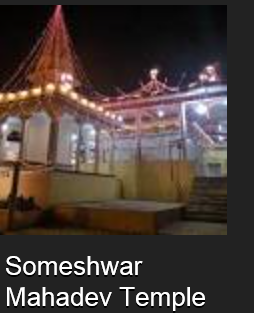Place to Visit
Though the city is known for its religious tourism, there are many other tourist places that one visit. Religious tourism attracts many tourists each year and with the on-going development within the city there is an evident increase in the number of tourists visiting Allahabad every year. Following are some of the must see places in Allahabad
Triveni Sangam
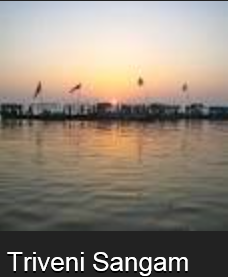
This place is one of the most famous and also one of the most visited places in Allahabad among the tourists. An apt example of scenic beauty, this is the historic place where the three most sacred rivers (Ganga, Saraswati and Yamuna) in India meet. Triveni Sangam is also known as Sangam, which means Union. It is an enthralling experience to visit the place during sunrise or sunset; the beauty is at its best at these two times. Three very important fairs, Kumbh Mela, Ardh Kumbh Mela and Maha Kumbh Mela are held at the banks of this sacred place. This place is visited by many devotees and tourists every year during the Magh Mela too.
Allahabad Fort
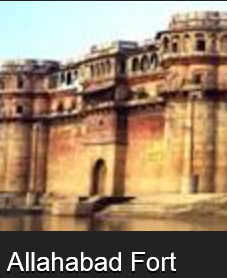
This magnificent fort was built by the Mughal king Akbar in 1583 and is situated near the banks of the Yamuna River, close to the Triveni. An amazingly beautiful view of the fort can be seen from the river side. The fort is presently under the custody of Indian army and also is not open for visitors; visitors who wish to visit this palace must take prior permission from the Commandant.
Khusro Bagh
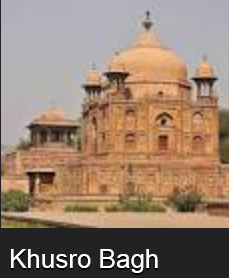
This marvel piece was finally completed in the year 1662, under the guidance of the great Mughal King Jahangir. This historic garden was made in the memory of his son Khusro. The graves of both, son Khusro and wife Shah Begum are buried at this historic Garden, this garden is extremely beautiful and offers a wide range of flora. Not only in this term this garden is historic but also this place plays an important role during the times of Independence. This place is famous for its mangoes.
Allahabad Museum
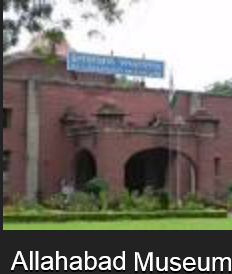
Situated near Chandra Shekhar Azad Park, the Allahabad Museum preserves the paintings of Nicholas Roerich, terracotta figurines, Rajasthani miniatures, coins and stone sculptures from the 2nd century BC till date.
Alfred Park
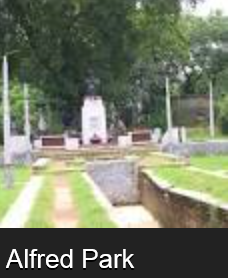
Also known as Chandrashekhar Azad Park and Company Garden it is a public park of 133 acres area and is the biggest park in Allahabad. It is renamed after freedom fighter Chandra Shekhar Azad, who sacrificed his life here, during the Indian independence struggle in 1931.
Swaraj Bhawan
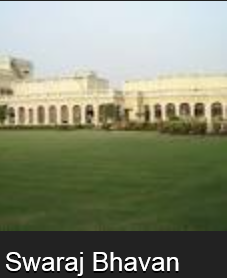
This place plays a pivotal role during the times of evidence; this was the place where almost all the important and secret meetings used to be held. This was actual an ancestral property of Nehru-Gandhi family. This place actually witnessed the era of independence, but now this place is converted into a museum containing memorable items of Nehru-Gandhi family. The ancestral home of the Nehru, the Anand Bhawan now houses a memorabilia of the Nehru-Gandhi family and one of the excellent museums of India.
Jawahar Planetarium
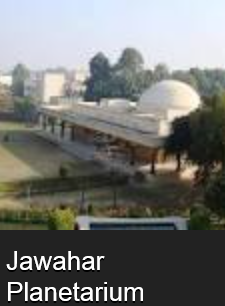
The planetarium was built in 1979 and is situated beside Anand Bhavan, the former residence of the Nehru-Gandhi family. It is managed by the 'Jawaharlal Nehru Memorial Fund' (estb. 1964), which has its headquarters at Teen Murti House, New Delhi.
Thornhill Mayne Memorial
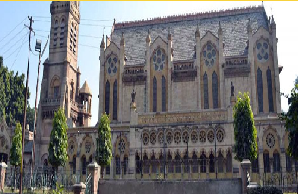
It is a public library situated at Alfred Park. Designed by Richard Roskell Bayne and completed in 1878, it is a remarkable example of Gothic Style. It was opened as a memorial to the friendship of Lord Thornhill, the Commissioner of Allahabad and Mr. Mayne, the Collector. The monument has served as the house of legislative assembly in British era when Allahabad was the capital of United Provinces.
All Saints Cathedral
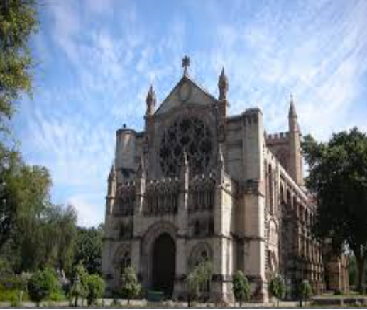
A noted Anglican Cathedral in Allahabad. It is an example of 13th-century Gothic style buildings in Asia built by the British during their rule in India. In 1871 AD, British architect Sir William Emerson, architect of Victoria Memorial, Kolkata, designed this monument. It was consecrated in 1887
Hanuman Mandir
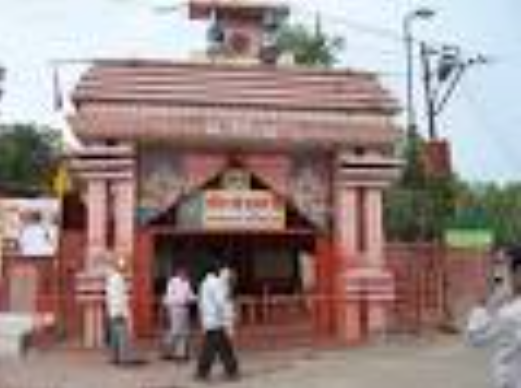
Located near the Allahabad Fort, it is famous for the image of the reclined position monkey-god Hanuman.
Someshwar Mahadev Temple
